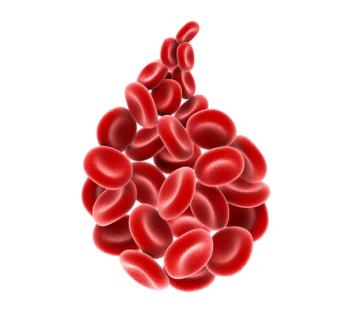
|Slideshows|December 30, 2015
FDA Drug Approvals for Cancer in 2015
Author(s)Cancer Network Editors
This slide show highlights the 2015 FDA approvals of cancer treatments, which included therapies for melanoma, RCC, sarcoma, and lung, breast, and pancreatic cancers, as well as various hematologic malignancies.
Advertisement
Newsletter
Stay up to date on recent advances in the multidisciplinary approach to cancer.
Advertisement
Advertisement
Advertisement
Trending on CancerNetwork
1
SABCS 2025: The Top 5 Takeaways for Breast Cancer Research
2
Imlunestrant Combo Will Not Be Pursued for FDA Approval in Breast Cancer
3
Nogapendekin Alfa Combo Shows Survival Benefits in BCG-Unresponsive NMIBC
4
Elraglusib Displays Activity in Non-ACC Metastatic Salivary Gland Carcinoma
5



















































































